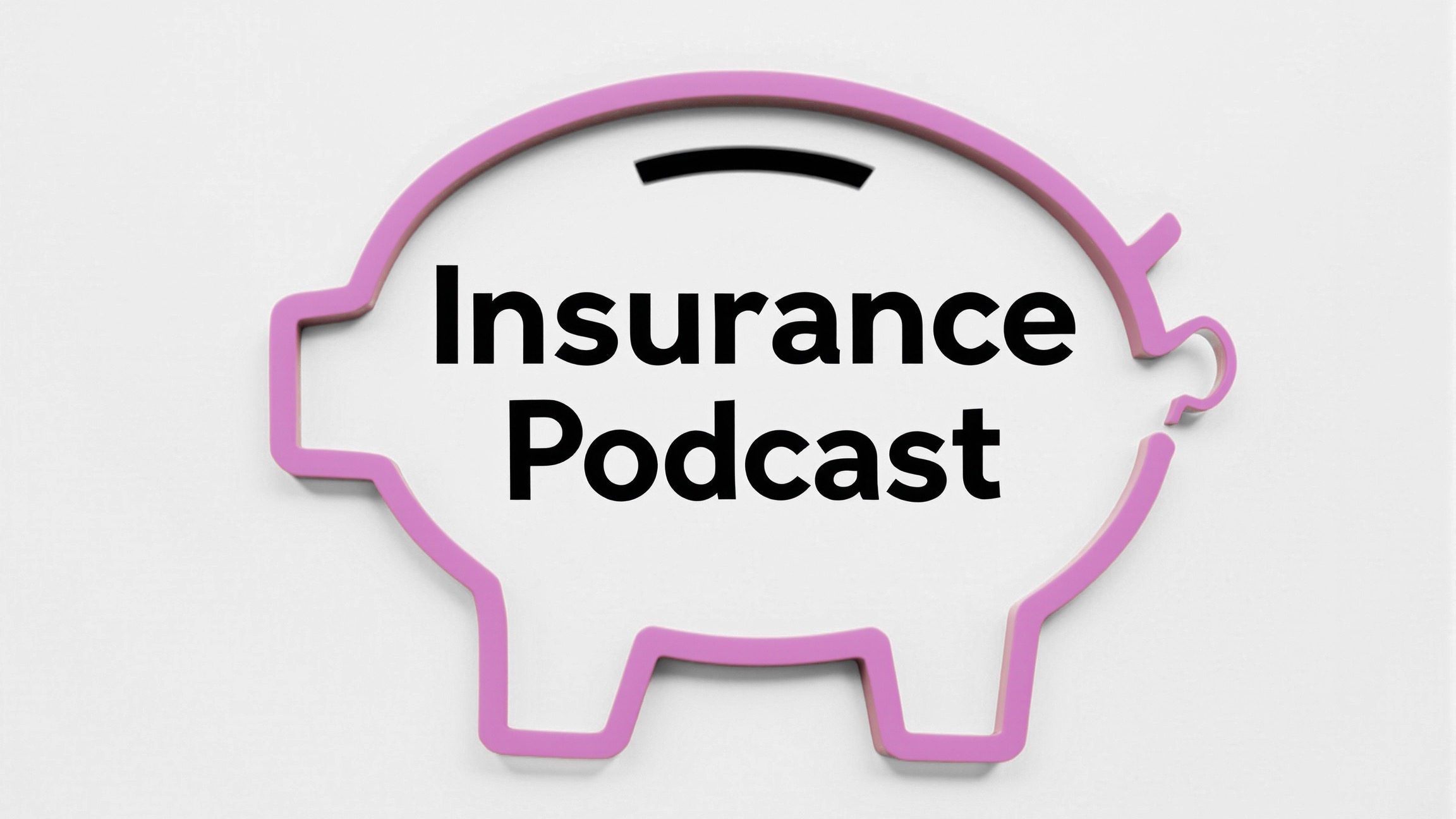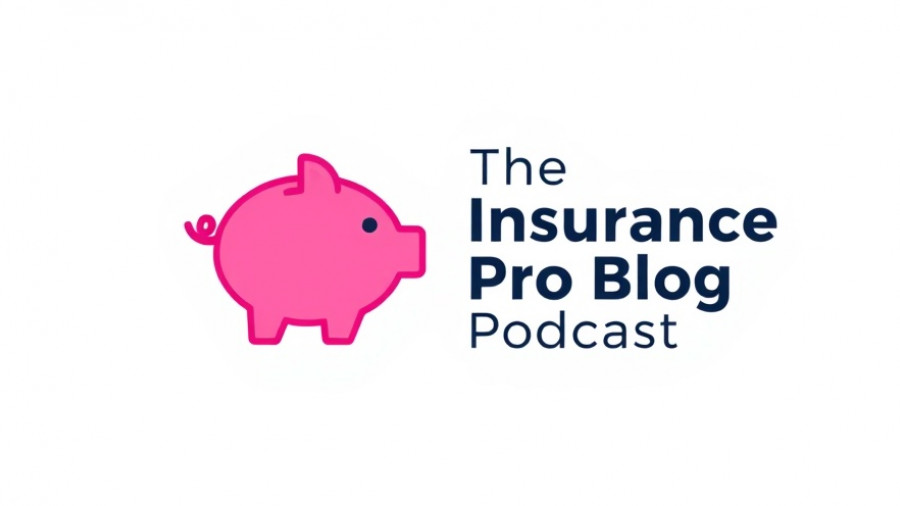
Can AI Really Replace Financial Advisors? A Deep Dive
In today's fast-evolving landscape, the question of "Can AI replace life insurance agents?" invites a critical evaluation of technology's impact on financial services. As families, professionals, and wealth-builders navigate complex financial waters, understanding both the capabilities and limitations of artificial intelligence in insurance planning becomes paramount.
Testing AI Against Real-World Scenarios
To assess AI's effectiveness, we tested it through four real-world insurance scenarios, including quoting term life insurance for a 35-year-old male requiring $1 million in coverage and analyzing indexed annuity illustrations. While the performance varied, AI displayed both potential and pitfalls—providing sometimes accurate information but failing to grasp more intricate aspects of complex financial strategies.
What AI Does Well (And Where It Falls Short)
AI excels at summarizing complex policy illustrations and organizing vast arrays of information. However, when it comes to nuanced tasks—such as understanding the landscape of indexed universal life insurance—AI falters. The inaccuracies in AI-generated recommendations, including referencing defunct companies, highlight a significant gap in the current capabilities of AI technologies intended for asset protection and insurance planning.
The Key Benefits of Human Expertise
While AI can streamline processes, human insurance agents bring an irreplaceable quality to financial strategy—a deep understanding of individual circumstances and the ability to tailor solutions accordingly. They provide insights into generational wealth building and nuanced decision-making, which AI cannot replicate. This is especially relevant when discussing sensitive issues like retirement and legacy planning.
Future Insights: AI and Customer Service
The future may hold promise for AI in improving customer service and underwriting processes in the insurance industry. By automating routine inquiries and providing rapid access to information, AI can free life insurance agents to focus on personalized service. As such, term life insurance could become a prime area for AI integration, enabling consumers to obtain quotes more efficiently.
Barriers to Effective AI Implementation
Despite AI's promise, significant barriers persist. The lack of access to real-time data hampers AI's effectiveness. For instance, without current market insights, AI struggles to provide accurate, up-to-date recommendations. Enhancing AI's capabilities in insurance planning will require a concerted effort to integrate real-time data and ensure accuracy in a field governed by complexity and change.
Conclusion: Collaborating with Professionals
While the future of AI in the insurance sector holds potential, the question remains: can it fully replace the nuanced understanding that human life agents offer? For families and individuals looking for personalized insurance advice tailored to their specific situation, working with experienced professionals is crucial. AI may enhance certain processes, but human insight into financial strategies and asset protection remains indispensable.
If you're considering your options in life insurance, annuities, or retirement planning, reach out to a qualified professional today. Let them guide you through complexities that AI simply can't manage with the needed care and expertise.
 Add Row
Add Row  Add
Add 




Write A Comment